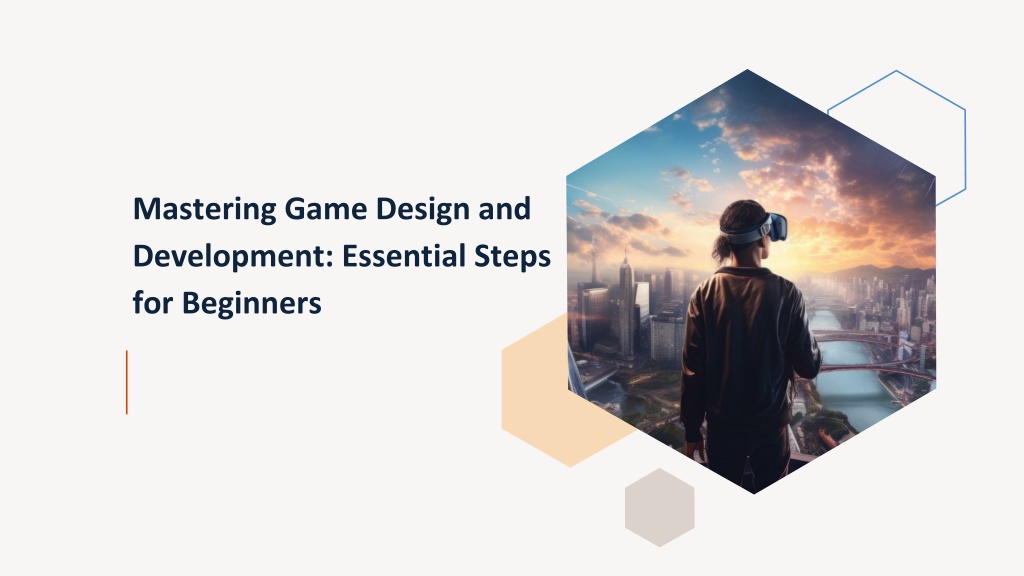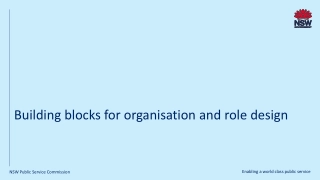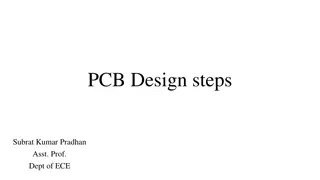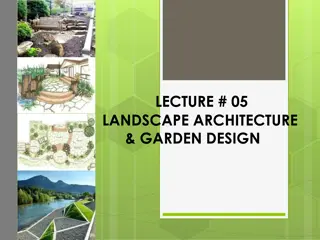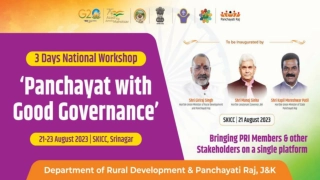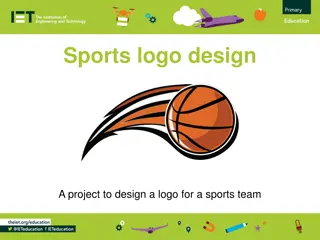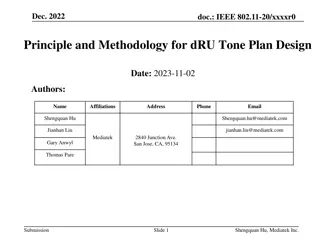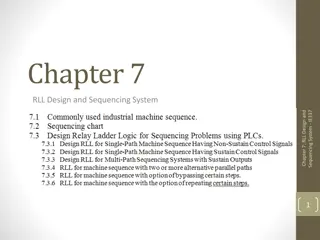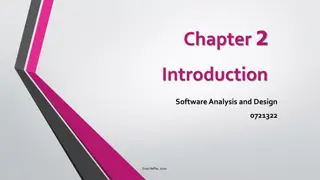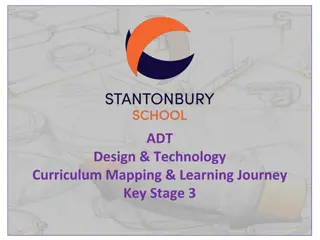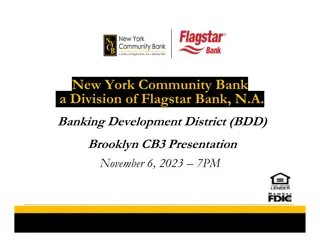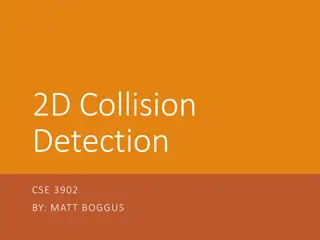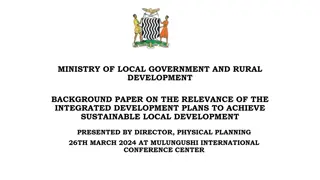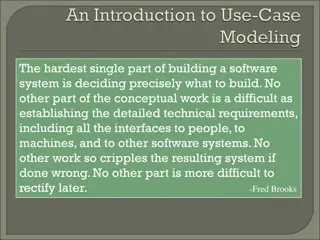What are the essential steps in game design and development for beginners
Embarking on the journey of game design and development can be both exciting and daunting for beginners. Whether you aspire to create captivating games for traditional platforms or explore the immersive realm of Mixed Reality (MR) Game Development, understanding the fundamental steps is crucial. In this comprehensive guide, we'll walk you through the essential steps in game design and game development, covering key concepts, tools, and best practices to help you kickstart your journey. Additionally, we'll highlight the role of platforms like Vinz Global in supporting aspiring developers with r
Download Presentation
Please find below an Image/Link to download the presentation.
The content on the website is provided AS IS for your information and personal use only. It may not be sold, licensed, or shared on other websites without obtaining consent from the author. Download presentation by click this link. If you encounter any issues during the download, it is possible that the publisher has removed the file from their server.
Presentation Transcript
Mastering Game Design and Development: Essential Steps for Beginners
Essential Steps for Beginners Embarking on the journey of game design and development can be both exciting and daunting for beginners. Whether you aspire to create captivating games for traditional platforms or explore the immersive realm of Mixed Reality (MR) Game Development, understanding the fundamental steps is crucial. In this comprehensive guide, we'll walk you through the essential steps in game design and game development, covering key concepts, tools, and best practices to help you kickstart your journey. Additionally, we'll highlight the role of platforms like Vinz Global in supporting aspiring developers with resources and expertise in game design and development. Presentation title 2
Step 1: Define Your Vision and Concept Every great game begins with a compelling vision and concept. Take the time to brainstorm ideas, explore different genres and themes, and define the core mechanics and gameplay elements that will set your game apart. Consider the target audience and platform for your game, as these factors will influence design decisions throughout the development process. Whether you're envisioning a classic 2D platformer, an immersive VR experience, or a cutting-edge MR game, clarity of vision is essential. Presentation title 3
Step 2: Research and Study Game Design Principles Game design is both an art and a science, requiring a deep understanding of player psychology, mechanics, and storytelling techniques. Dive into the vast world of game design literature, tutorials, and online courses to learn about key principles such as game mechanics, level design, player feedback loops, and narrative structure. Familiarize yourself with popular game engines like Unity and Unreal Engine, as well as specialized tools for MR Game Development, to lay a strong foundation for your journey. Presentation title 4
Step 3: Create Detailed Design Documents and Prototypes Once you've solidified your concept, it's time to translate your ideas into tangible designs and prototypes. Develop detailed design documents outlining the game's story, characters, levels, mechanics, and user interface. Use wireframing tools or paper prototypes to visualize the game's layout and flow. Prototype early and iterate often to test different ideas and mechanics, gathering feedback from peers and potential players along the way. This iterative process is crucial for refining your game's design and identifying areas for improvement. Presentation title 5
Step 4: Choose the Right Development Tools and Technologies Selecting the appropriate development tools and technologies is essential for bringing your game to life. For beginners, user-friendly game engines like Unity or Unreal Engine offer a powerful yet accessible platform for game development across a wide range of platforms and genres. If you're venturing into MR Game Development, explore specialized SDKs and frameworks such as Microsoft Mixed Reality Toolkit (MRTK) or Google ARCore for augmented reality experiences. Experiment with different tools and technologies to find the right fit for your project's needs and your personal skill set. Presentation title 6
Step 5: Implement Core Mechanics and Gameplay Features With your design documents and prototypes in hand, it's time to start building your game. Begin by implementing the core mechanics and gameplay features outlined in your design documents. Focus on creating a solid foundation that is both engaging and intuitive for players. Pay close attention to user feedback and iterate on your designs as necessary to ensure a seamless and enjoyable gameplay experience. Whether you're developing a simple 2D puzzle game or a complex MR adventure, prioritize functionality and usability in your initial development efforts. Presentation title 7
Step 6: Iterate, Test, and Refine Game development is an iterative process, and testing is essential at every stage of the journey. Regularly playtest your game with a diverse group of testers to gather feedback and identify areas for improvement. Pay attention to player behavior, frustrations, and moments of delight, and use this information to iterate on your designs and mechanics. Incorporate user feedback into your development cycle to refine your game's features, balance, and overall experience. Remember that iteration is key to creating a polished and engaging game that resonates with players. Presentation title 8
Step 7: Polish and Prepare for Launch As you near the completion of your game, shift your focus to polishing and fine-tuning every aspect of the experience. Refine the game's visuals, audio, and user interface to create a cohesive and immersive atmosphere. Address any remaining bugs or technical issues to ensure a smooth and error-free gameplay experience. Prepare promotional materials, such as trailers, screenshots, and press releases, to generate buzz and excitement around your game's launch. Collaborate with platforms like Vinz Global to explore distribution and marketing opportunities and maximize the visibility of your game. Presentation title 9
Step 8: Launch and Post-Launch Support Finally, it's time to release your game into the world. Launch your game on your chosen platforms, whether it's the App Store, Google Play, Steam, or dedicated MR app stores. Monitor player feedback and reviews closely and respond promptly to any issues or concerns that arise. Continue to support your game post-launch with regular updates, new content, and community engagement to keep players engaged and satisfied. Celebrate your achievements and milestones along the way, and use each project as a stepping stone to further hone your skills and pursue your passion for game design and development. Presentation title 10
Conclusion Embarking on the journey of game design and development as a beginner can be both challenging and rewarding. By following these essential steps and embracing the iterative nature of the process, you can turn your creative vision into a polished and immersive gaming experience. Platforms like Vinz Global offer valuable resources, support, and expertise to aspiring developers, helping them navigate the complexities of game design and game development and bring their ideas to life. Whether you're creating traditional games, exploring the exciting world of Mixed Reality, or pushing the boundaries of interactive entertainment, the possibilities are endless. Embrace the journey, learn from each experience, and let your imagination soar as you embark on your game development adventure. Presentation title 11
Thank you vinz.sales@vinzglobal.com www.vinzglobal.com
